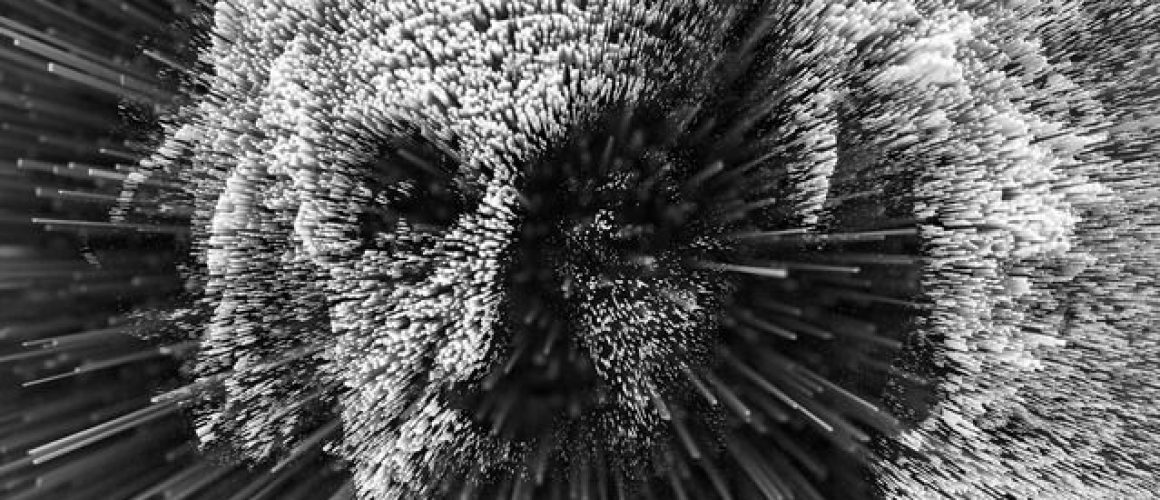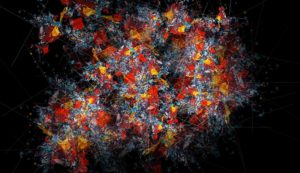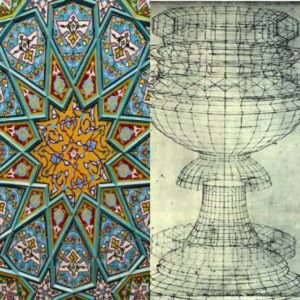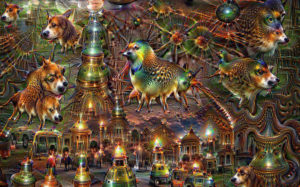Computer Generated Art
What do these 3 images have in common? They are all versions of computer generated art! We often hear words like exposure, brush stroke, figurative, abstract, landscape in discussions around the visual arts. Turn to the world of computer generated art (a subset of digital art) and you get a whole new vocabulary of pixels, fractals, and algorithms!
There are different degrees of computer generated art. Some works are created by hand, scanned and completed by a design program. Others can be entirely conceived and generated by a computer. If you are great with math, as opposed to having a steady hand, the possibilities are endless.
The Mathematics of Art
The relationship between math and art goes back to Islamic, and Renaissance art. Artists used geometric principles to create linear perspective and proportion.
Algorithmic art are works in which the design is generated by an algorithm. This is computer generated art in its purest form. Algorithms, those sophisticated programs that determine what you see when you open up your youtube account, select news articles, tell us the weather and stock prices, all function independently, almost invisibly. We just show up and the selections are there. Algorithmic artists, instead of generating playlists, generate forms, depths of field, and repetitions previously unimaginable.
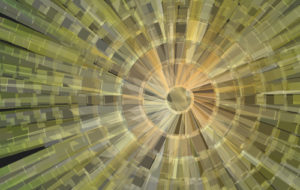
PROGRAMS TO CREATE COMPUTER GENERATED ART
Creating this art requires some sophistication and knowledge with design software. There are many great beginner programs out there where you can start to experiment with 2D and 3D painting like Gimp, Ultimate Paint, Skencil. Learning photoshop is also a great place to start
To create computer generated Algorithmic art here are a few links.
- Apophysis is a fractal frame editor for Windows
- Structure Synth: a cross-platform application for generating 3D structures by specifying a design grammar. Even simple systems may generate surprising and complex structures.
- Incendia – is a very promising fractal generator. Especially the 3D fractals are interesting and different from other fractal software. The beta versions are free.
- JWildFire – impressive 3D flames renderer.
For many of us math is a mystery; something almost maddening. How can we capture infinity? How can numbers be irrational? What is the last number in Pi? The cool thing about computer generated art is that it allows you to visualize a mathematical phenomenon and glimpse infinite possibility.
(if you want to further experiment with computer generated art Mikael Hvidtfeldt Christensen is a great resource, He is a physicist with a passion for computational chemistry, generative art, and complex systems in general. You can find more links on his blog Syntopia)
[/fusion_text][/fusion_builder_column][/fusion_builder_row][/fusion_builder_container]


